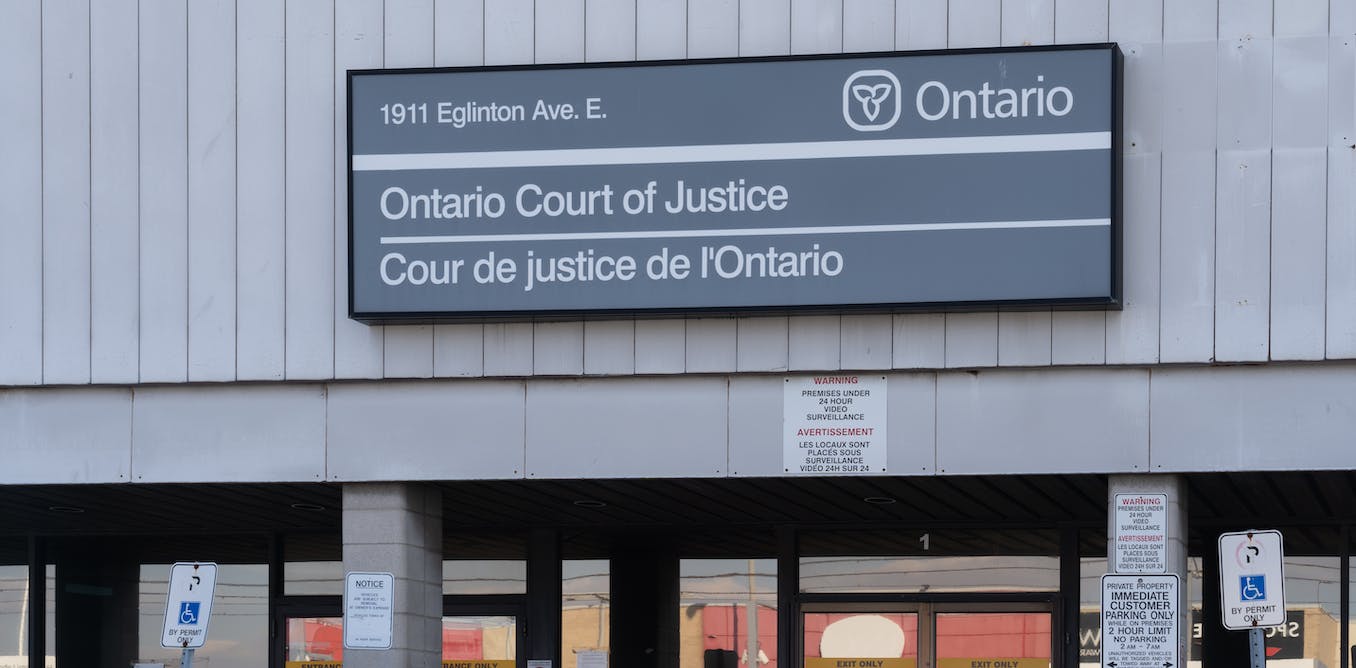In late December, eight teenage girls who had reportedly met online decided to meet in-person in downtown Toronto on a Saturday night. Shortly after midnight on Sunday Dec. 18, a 59-year-old man was allegedly swarmed, assaulted and stabbed by the group.
Bystanders flagged down emergency medical personnel, but the man succumbed to his injuries.
The victim, Ken Lee, had recently moved to a homeless shelter near the site of the attack. His female companion said that she was smoking a cigarette with the victim when teens approached. According to this woman, a group of girls tried to take her alcohol and Lee told the teens to stop and to leave her alone.
At that point, she says the teens started to attack Lee. Afraid of what might happen to her, the woman walked away.
Young perpetrators
Eight teens were arrested, and a number of weapons were confiscated from them. Three of the teens were 13 years old, three were 14 years old and two were 16 years old. Three of the teens were known to the police.
The teens have been charged with second-degree murder.
Several of the factors in this case are unique: A group of females (72 per cent of youth appearing before court are male), mostly unknown to each other (unlike gangs who are an organized group to gain power and recognition), between the ages of 13 and 16 years (57 per cent of youth who appear before court are between 16 and 17 years old), allegedly committed murder (theft is the most common type of crime committed by youth).
Younger teens may be shown greater leniency than older teens given their diminished capacity to understand the consequences of their behaviour.
Prosecuting youth
The Youth Criminal Justice Act (YCJA) covers the prosecution of youth over the age of 12 and under 18 years old for criminal offences. Because youth are still maturing, this must be accounted for in the treatment, prosecution and resolution of crime. Rehabilitation and reintegration into society are emphasized.
Under the YCJA, the identities of teens cannot be made public. Although youth cannot be tried as adults, a youth can be sentenced as an adult if convicted. A youth cannot spend more than 10 years in custody.
The sentence for first-degree murder as an adult is life without parole for 25 years. For second-degree murder, the minimum sentence is life in prison with no parole for 10 years, although sentences can be longer.
Factors that may be considered when determining sentencing include age of the convicted, degree of violence of the crime and the interests of society.
Young defendants
We conducted a study to examine whether a defendant’s developmental age (which reflects their behavioral, cognitive and physical development), chronological age (which is based on their date of birth) and race influenced mock-jurors’ decision-making.
Four hundred and forty-four participants read a trial transcript involving an assault where the defendant allegedly shoved the victim to the ground at a grocery store. The defendant’s developmental age (14 or 24 years old), chronological age (14 or 24 years old) and race (white, Black or Indigenous) were varied.
We found that mock jurors’ responses varied according to developmental age: a developmentally 24-year-old was given more guilty verdicts than a developmentally 14-year-old. Race also was influential in that the Black defendant received fewer guilty verdicts than the white defendant.
When the defendant had a developmental delay (the chronological age was higher than the developmental age), he was perceived as less guilty than a defendant whose chronological age matched his developmental age.
Regardless of race, younger defendants and those with developmental delays may be perceived more favourably and possibly treated more leniently than adults.
Toronto teen swarming
According to coverage of the bail hearings, some of the teens appeared confused when asked if they understood what was happening. Only two parents of the seven accused seemed to be in attendance for the virtual proceedings, and one defendant’s lawyer was absent.
One of the eight teens accused of murder is free on bail, but with conditions that include no use of internet or a cell phone. Bail hearings for the other girls involved are ongoing.
As the case unfolds, age may impact the judicial decision-making and ultimately, the case outcomes for these teens.




